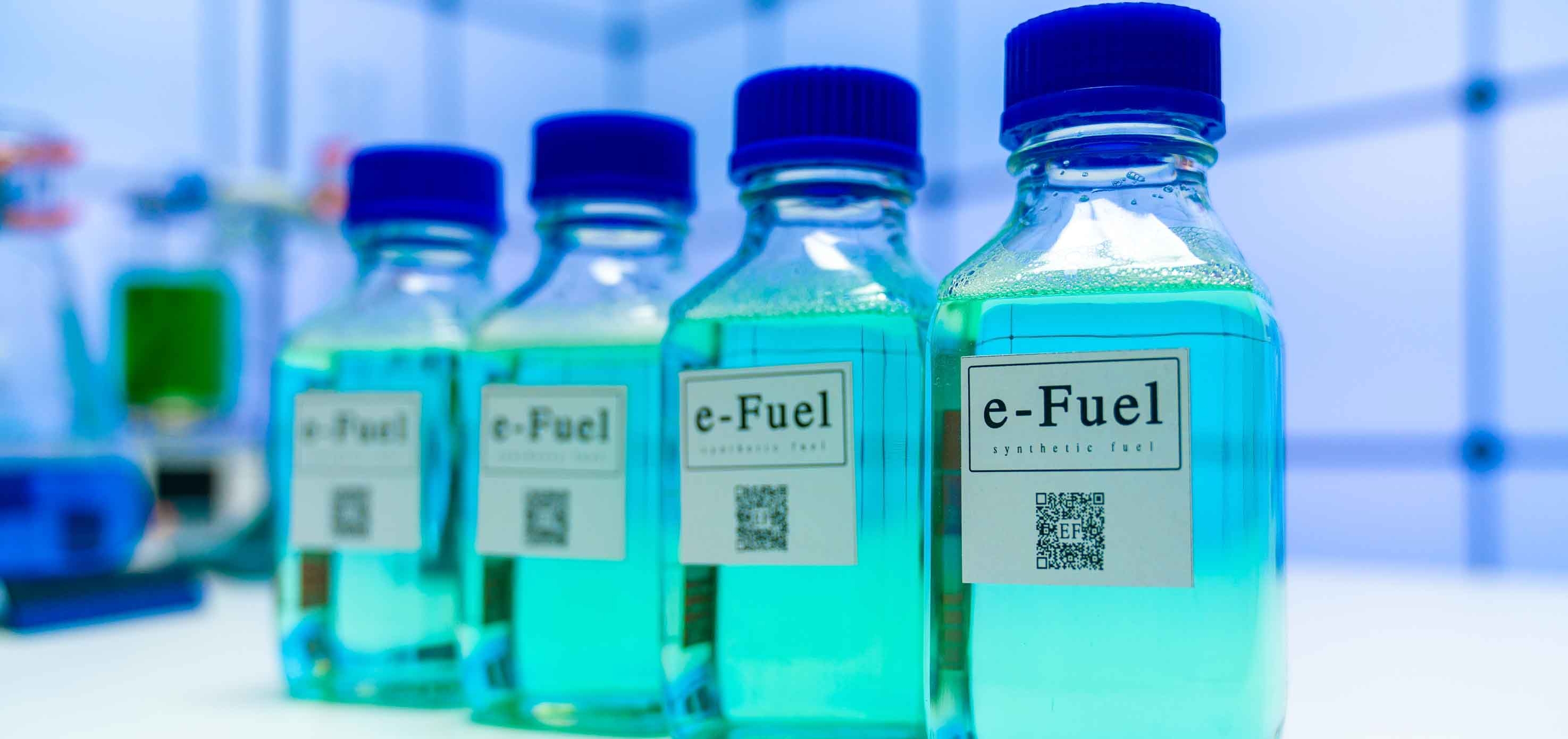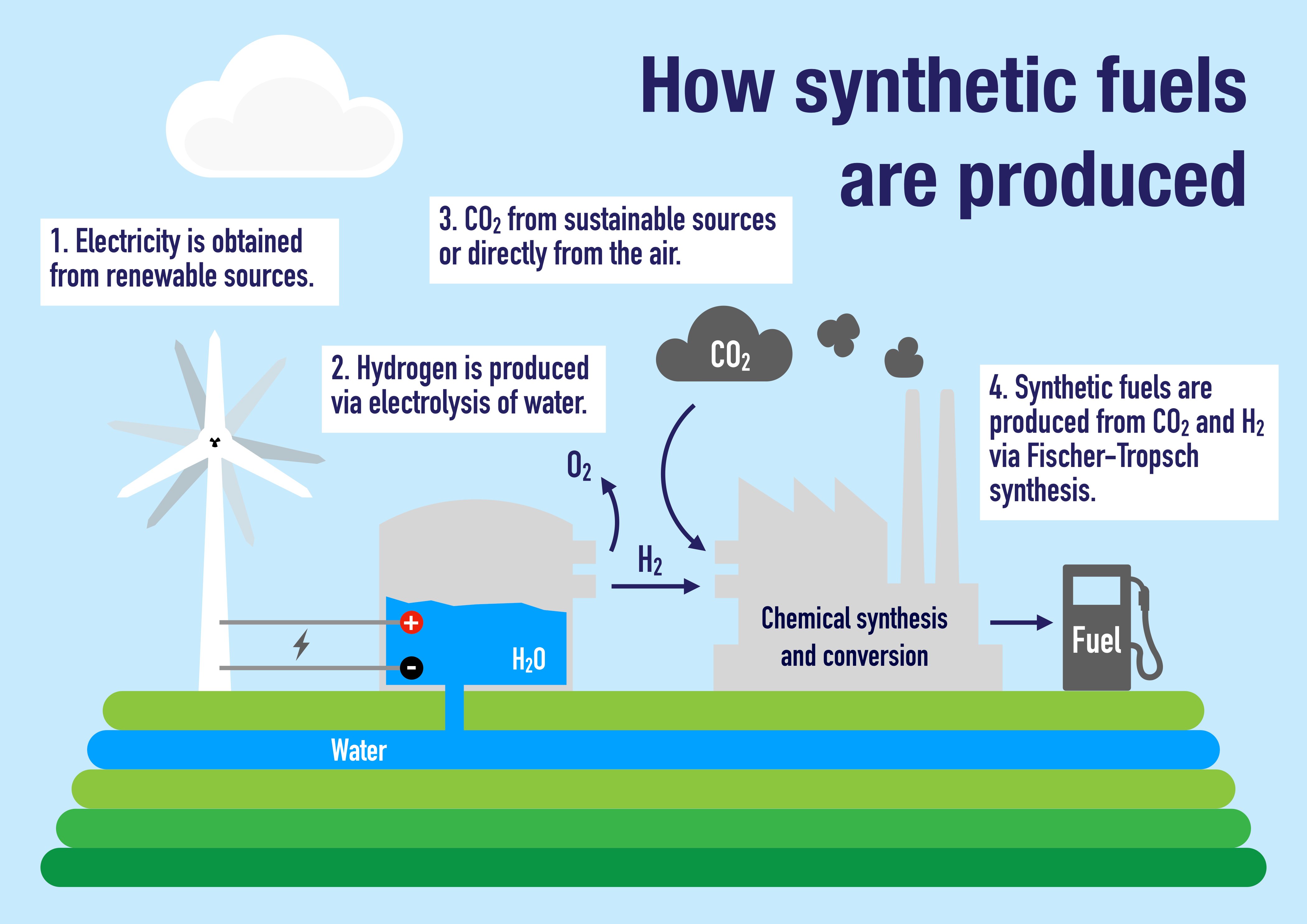E-Fuels, also known as “electrofuels” or “synthetic fuels” are produced from renewable energy sources or electricity that has been decarbonized. Learn about the different types of E-fuels, how they’re produced, and why they're important in the fight against climate change



